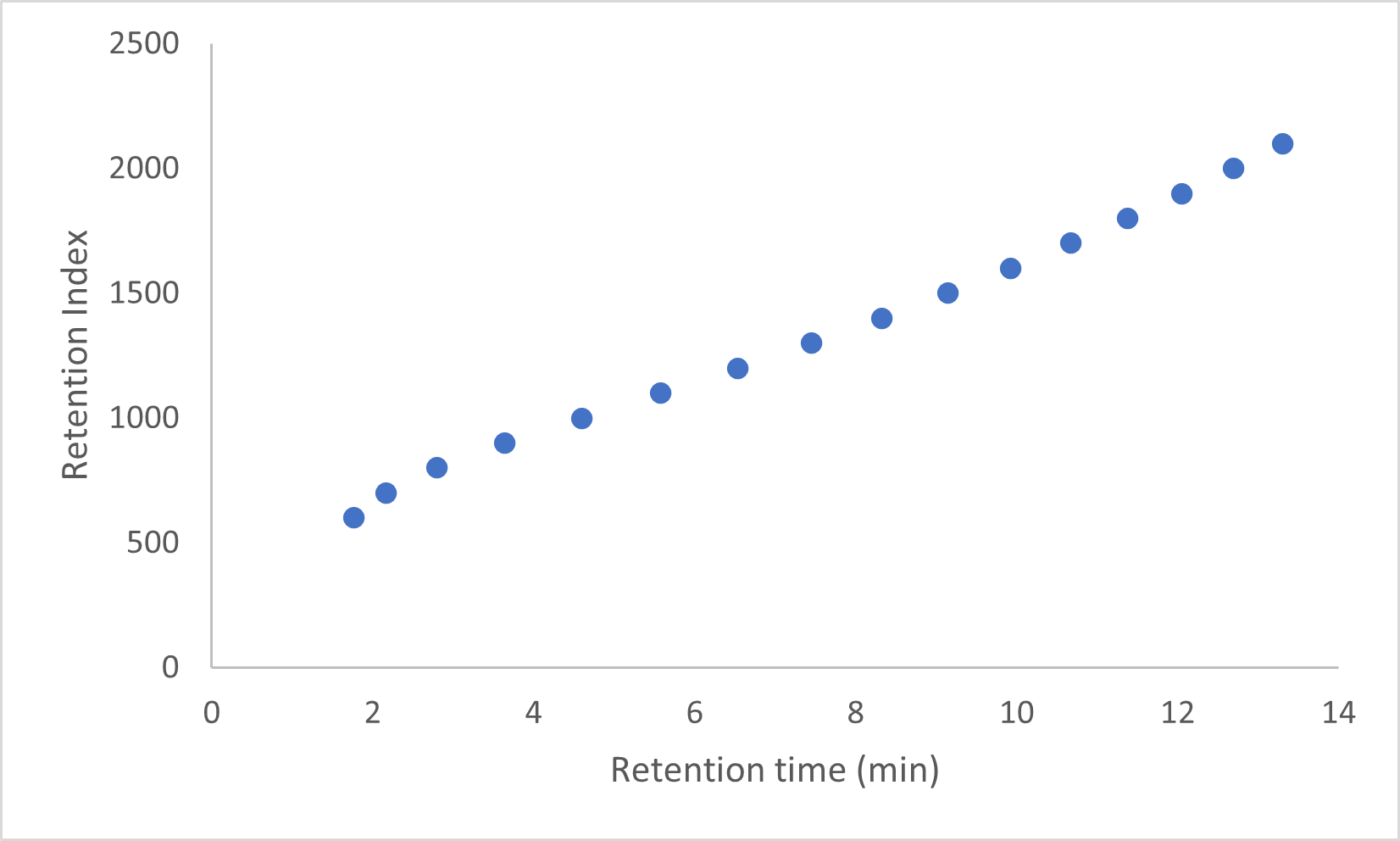Published Alex Hodgson on February 24, 2020
You’ll hear people say VHA is the replacement for DHA, or that it’s just D8071 with more speciation. While there’s a grain of truth in both of those statements, each is a vast oversimplification. Let’s answer some basic questions about VHA and what makes it different from these other methods.
What is VHA?
VHA, or Verified Hydrocarbon Analysis™, is a new tool that lets customers monitor a variety of different gasoline-range fuel streams. The method is fast (sub-50-minute run time), easy (no tuning precolumn needed, automated data processing and review), and accurate (all quantitation done with spectral matching as well as retention time). All with the same repeatability you’ve come to expect from VUV. Stream templates can be shared across labs with minimal or no changes needed, allowing for uniformity of results throughout your company.
What makes VHA different from ASTM D8071?
D8071 quantitates some important gasoline compounds individually – US oxygenates, iso-octane, BTEX, and naphthalenes – and many users monitor other compounds or groups of compounds such as conjugated dienes. The exact extent to which D8071 can speciate is something we’re actually curious about ourselves, and one day we’ll more fully explore this subject. However, for now this method is only intended for PIONA group classing, prioritizing condensed chromatography over peak by peak identification.
With VHA, we’re relaxing the chromatography a bit, using a longer column (60m vs 30m for D8071) and a lower starting oven temperature (5°C vs 35°C for D8071). This allows for better separation, especially with the lighter compounds (C3-C5). Despite the better separation, we still have coelutions even on the front end of the chromatogram. Thankfully we also still have the power of Time Interval Deconvolution in VUV Analyze. We’ve seen from D8071 that deconvolution of 2 or 3 compounds is a breeze for VUV Analyze; pairing TID with cleaner chromatography only further increases the accuracy of the data, giving you more confidence that you’re getting good speciated data every time. And the best part? You’re still getting all the same PIONA data you would get from D8071!
What makes VHA different from DHA?
DHA’s goal is to identify every peak in the chromatogram every time; this is also its weakness. Even with a 3-hour run, there are still many peaks that coelute to varying degrees, and because FID gives no qualitative peak information, it’s up to the user to verify its identity. Even the most skilled user can miss a peak here or there; if that peak is inconsequential, no big deal. But a misidentification of a larger peak can really skew your results.
VHA’s goal is not to identify every peak by name but rather the peaks that are significant for that particular sample or stream. To be clear, every peak is still identified by a class and an RI value, which allows for D8071-type reporting regardless of the sample. However, only maybe 100-150 of those peaks make up a consequential portion (> 0.1 – 0.5% each) of the sample, depending on the stream. And, from what I’ve gleaned from DHA users, only a small handful of those peaks are tracked. So why would you not prioritize the accuracy of those peaks that mean most to you? As I already mentioned, VHA makes this process fast, easy, and most importantly consistently accurate. Once you’ve set up your stream template, all subsequent data processing and review is completely automated, which means anyone can process data, not just your “DHA expert”.
But let’s say you’re 100% confident in your DHA results every time. How does a 47-minute run time sound? Or only a single GC column with no tuning required? With a shorter column (60m vs 100m for DHA) and some basic method translation, we can accomplish essentially the same chromatography in a quarter of the time. And the coelutions that do occur can be easily deconvolved using VUV Analyze. An unintended benefit to this chromatographic compression is that we get taller peaks, which increases our sensitivity nearly two-fold (Figure 1)!
While certainly not comprehensive, I hope my answers have given you a better understanding of VHA and what it can do for your lab. Curious about implementing VHA in your lab? Leave a comment below or email us at sales@vuvanalytics.com.

Figure 1. The same gasoline sample was run under both normal DHA conditions (top) and VHA conditions (bottom). With just some basic method translation, not only is the chromatography essentially maintained, but also the run time is cut by nearly 4x and the sensitivity is doubled.










Beautiful translation !
It looks like the Kovats indices are quite the same on both methods !